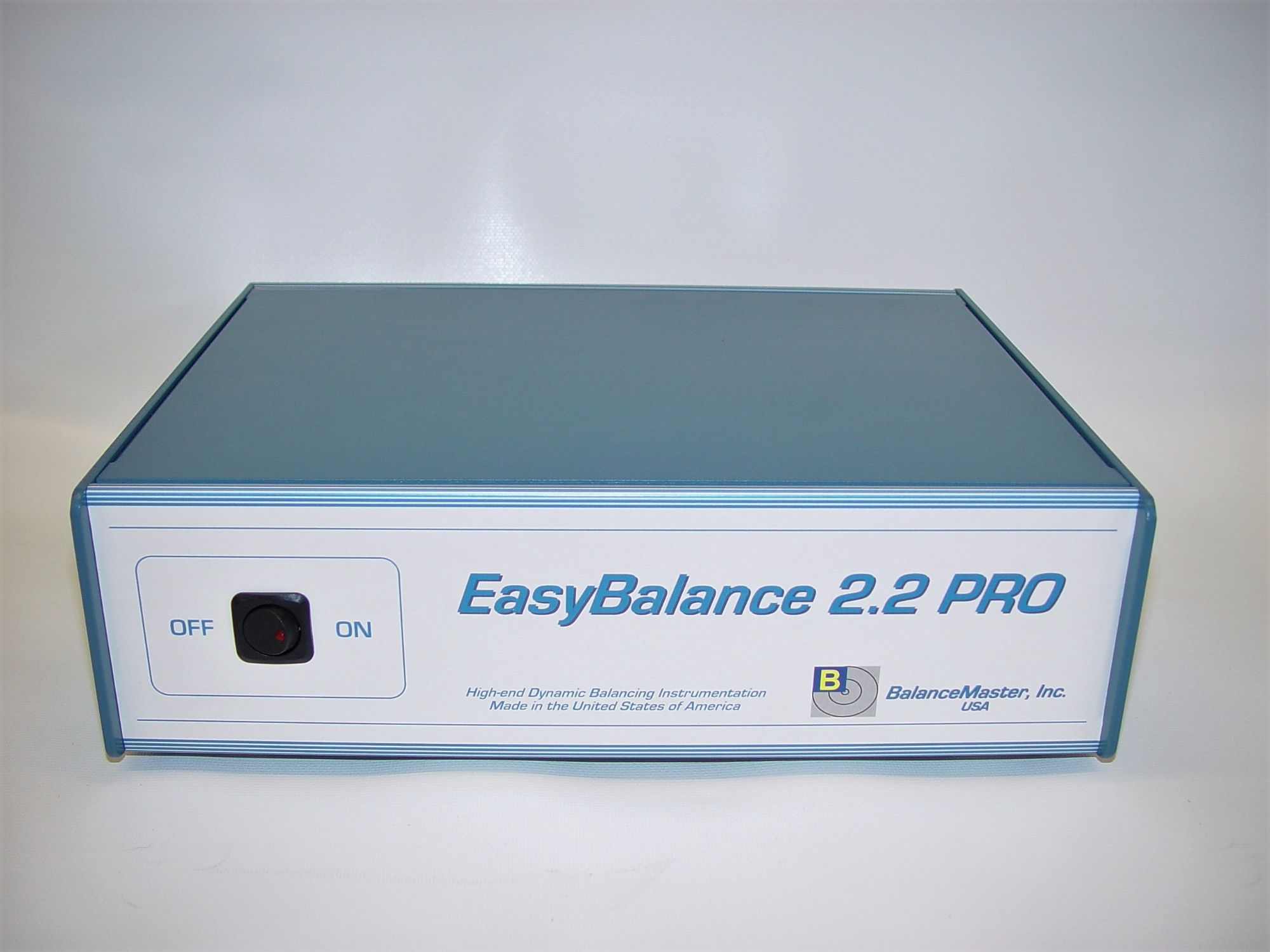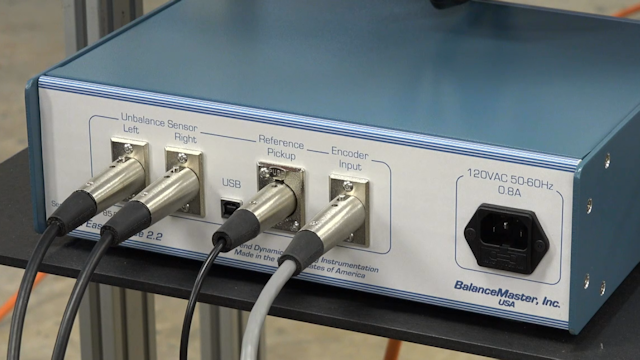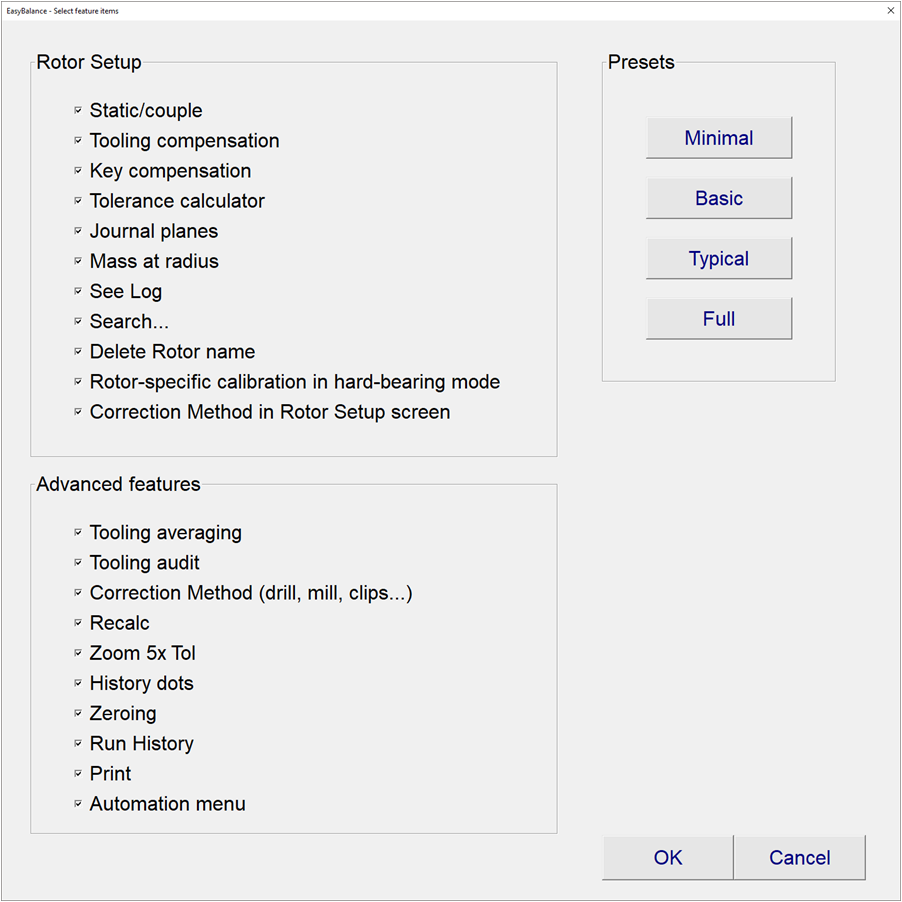

Custom menu
Tailor your software from "basic" to "everything"

Automation
For semi- and fully-automatic balancing systems, the EasyBalance software offers several communication choices for bi-directional exchange of data and commands:
IPC, easily implemented utilizing WINDOWS messaging WM_COPYDATA.
OPC client, communication of real-time plant data between control devices from different manufacturers.
RS232 serial communication using 9600 bps
SAE Balancing Machine Performance Testing
SAE ARP tests, certification and reports are an integrated part of the package.
Covers ARP4048, ARP4050, ARP5223 and ARP4162
Custom menu
Operator can select features which should be available. This allows tailoring the complexity of the software to operator preference, from “basic” to “everything”.
Calibration mass recommendation
In soft-bearing or Teach-mode a calibration
mass will be suggested, based on part tolerance.
Statistics
Individual unbalance results are automatically logged and statistics are shown, for instance for Statistical Process Control
Irregular segments
In addition to editable exclusion zones, operator can simply
turn rotor at positions not available for correction and push a button. The location will automatically be excluded (encoder required).
Tooling Averaging
Multiple runs can be averaged into one result, for each tooling compensation
step.
Tooling Audit
A tooling error percentage can be used to indicate tooling wear. Previous and current Tooling compensation values are displayed, and individual results can be selected to combine into a new
compensation result
Tooling History
Previous and current Tooling compensation values are shown in a spreadsheet or a history graph